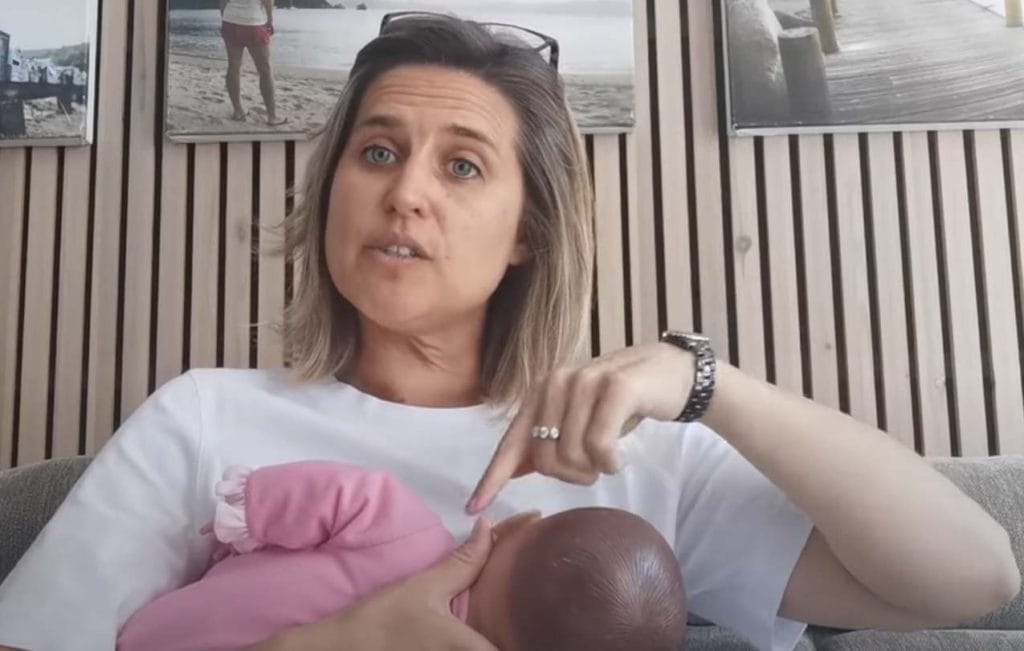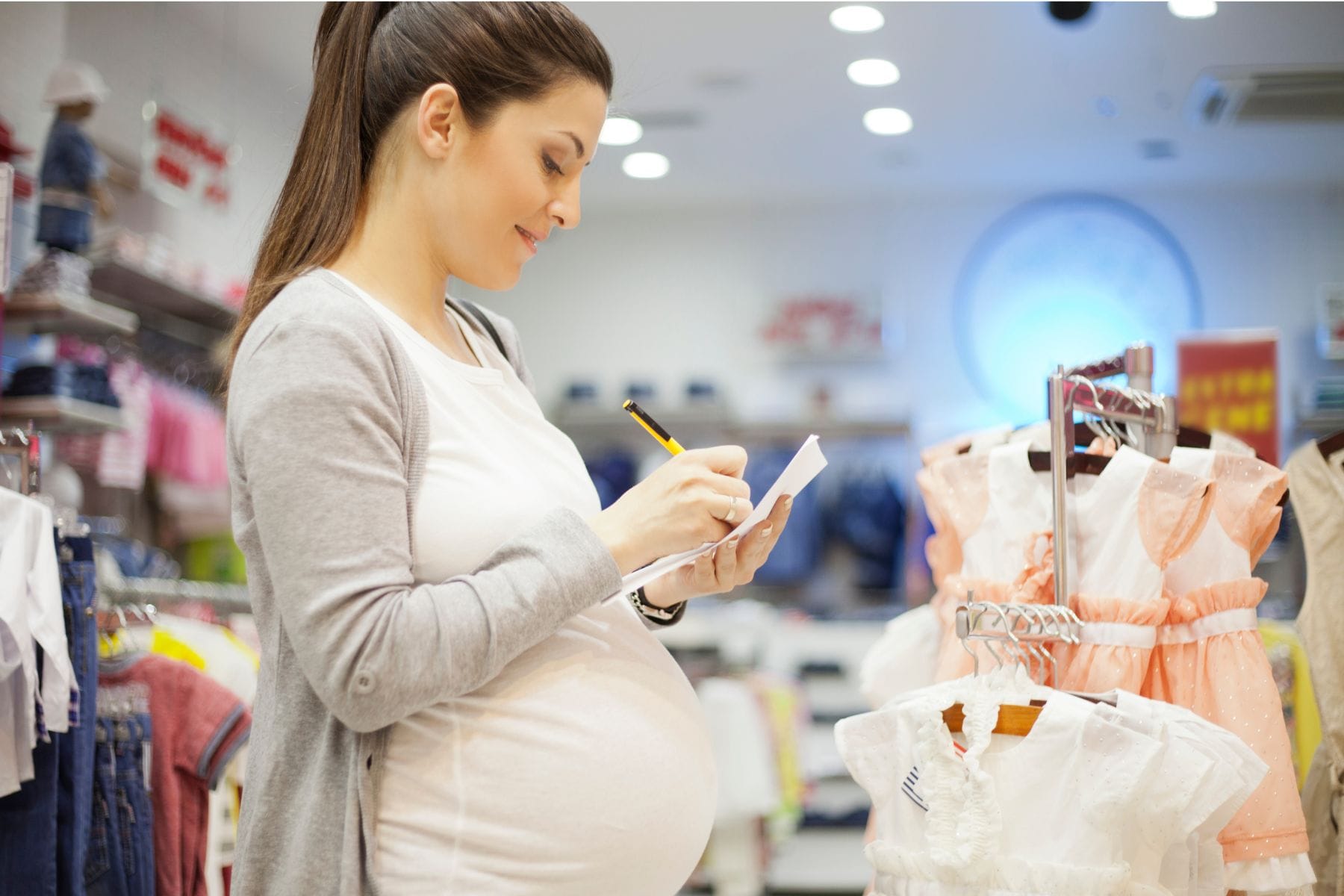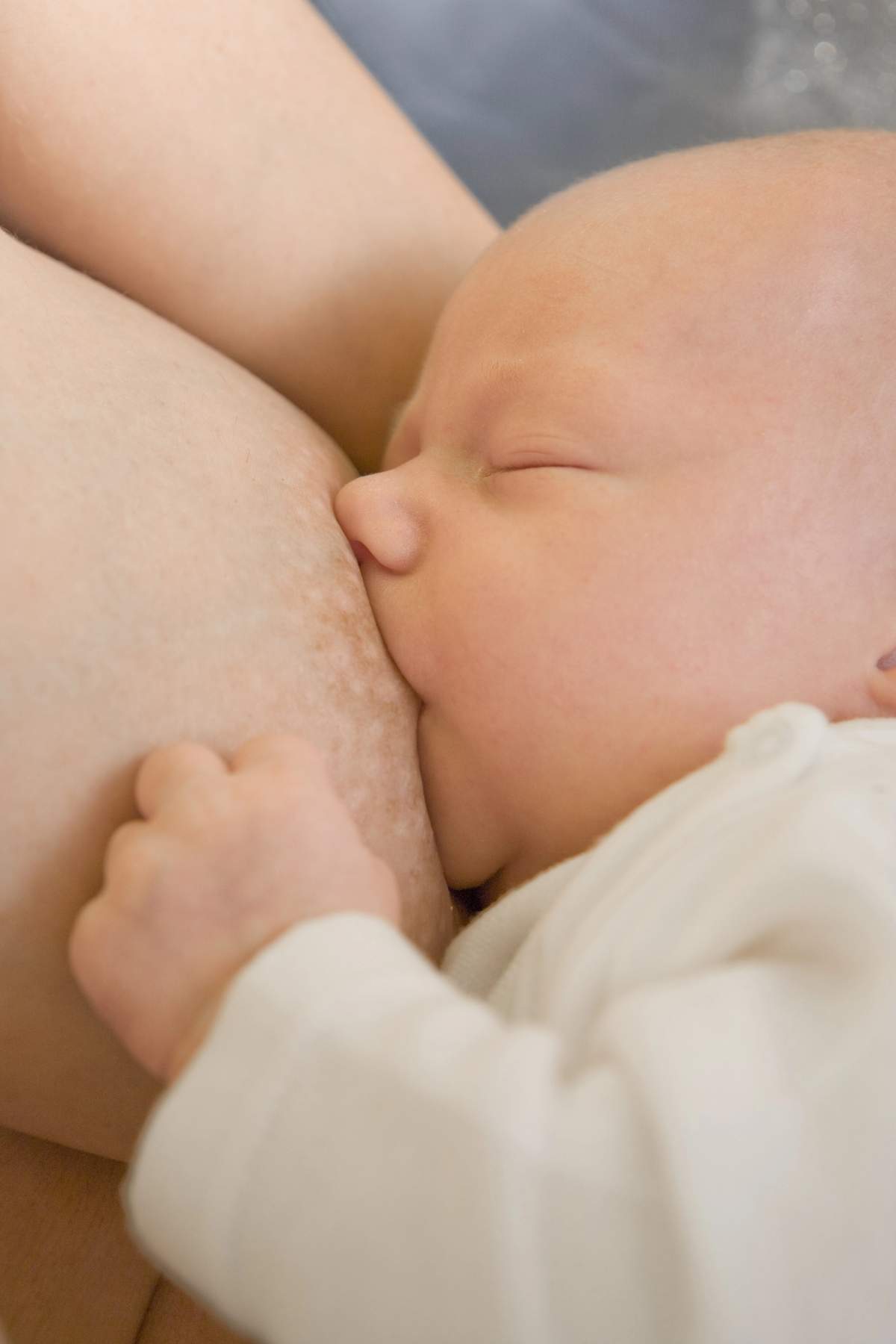We all know that rest is key when you have had a new baby so finding breastfeeding positions that work well in bed can really aid the transition to parenting.
A side lying breastfeeding position on a bed is a great position that you can rest or sleep in whilst also feeding your baby. Many parents are not comfortable with sharing their bed with their new baby but research from the Lullaby Trust shows that 76% of parents will co-sleep with their baby at some point. Many of these parents may not have intended to co-sleep with their baby but will have been too tired to remain awake. I therefore encourage all families to review the co-sleeping information from the Lullaby Trust and set up their bed space as a safe sleeping space for your baby.

A side lying breastfeeding position works well for feeding a baby of any age and can be an excellent breastfeeding position in bed.
Lay on your side on a firm flat surface and place your baby on their side facing you.
Your baby needs to be able to tip their head back in order to latch so you need to place them nose to nipple with their neck extended. Do not place them too high on the bed as this may cause their chin to be towards their chest which can make drinking and a deep latch particularly difficult.
Often when learning this position mothers will position their babies too high on the bed so be mindful of that.
In this side lying breastfeeding position you do less to support your baby, but many mothers will use a hand on their baby’s back to bring them gently forward when they gape their mouth. Some parents will maintain this position throughout the feed with their hand gently on their baby’s back. Other babies will not require that additional support.
Co-Sleeping
There are certain situations when co-sleeping is not recommended, see below, but if it is suitable for your baby it is appropriate to sleep with your baby in a side lying feeding position.
Co-sleeping with your baby is not recommended if:
- your baby was born prematurely (before 37 weeks of pregnancy) or weighed under 2.5kg or 5½ lbs when they were born.
- you or anyone in the bed has recently drunk any alcohol
- you or anyone in the bed smokes or the baby was exposed to smoking in pregnancy
- you or anyone in the bed has taken any drugs or medication that make you feel sleepy
See the Lullaby Trust for more information on safe sleep.
Sign up for free tips and advice

Get my video guide to
breastfeeding positions
Plus
just for signing up
Tell me when your baby is due or when they were born so that I can send you the most relevant tips
Laid Back Breastfeeding Position

Laid back breastfeeding is a really easy position for breastfeeding and works well in bed as it enables you to recline your body and rest fully supported. It is not recommended that you sleep whilst your baby is feeding in this position.
Laid back breastfeeding is also often referred to as biological nurturing. It works well for babies of all ages. Generally I find babies feed really well in this laid back breastfeeding position when they are at least 3kg (about 6 and half pounds).
This position works well as gravity supports your baby and enables them to take full advantage of their inborn capabilities to feed. Even a newborn baby is able to get a deep latch in this position and to feed well. Breastfeeding is often more automatic for your baby than it is for you.
Your chest should be bare and free of clothing and your baby should be placed on your tummy wearing just a nappy. Position them so they are tummy to tummy with you. You can make a loose nest around them with your arms so that they feel supported. They will use their feed and arms to push themselves forward and bob their head sideways to discover your breasts. Allow your baby to root in this way and explore you. They are often able to attach deeply to your breast in this position. If they are struggling to locate your nipple you can gently guide them towards your nipple or help them by expressing a little colostrum onto your nipple.
Finding good breastfeeding positions in bed that enable you to rest can be really helpful in transitioning to becoming a parent or brining a sibling into the family.



